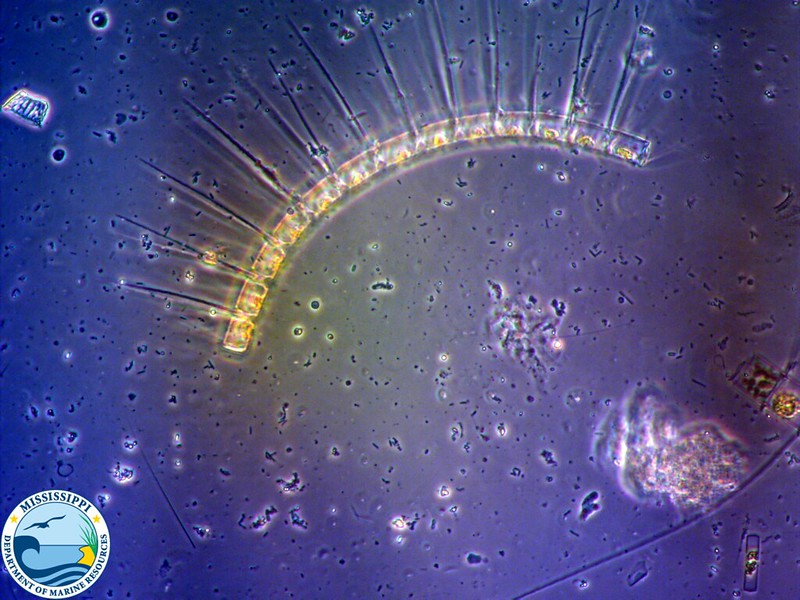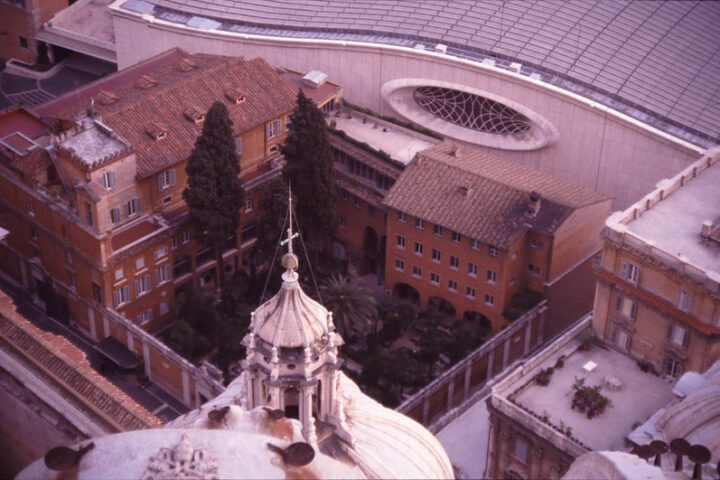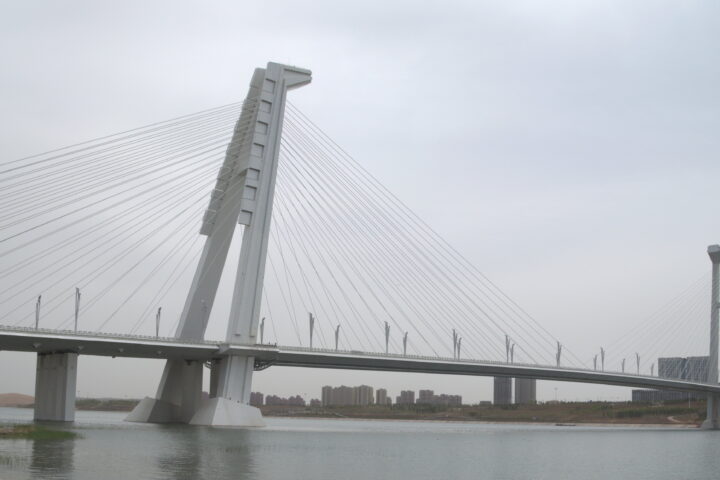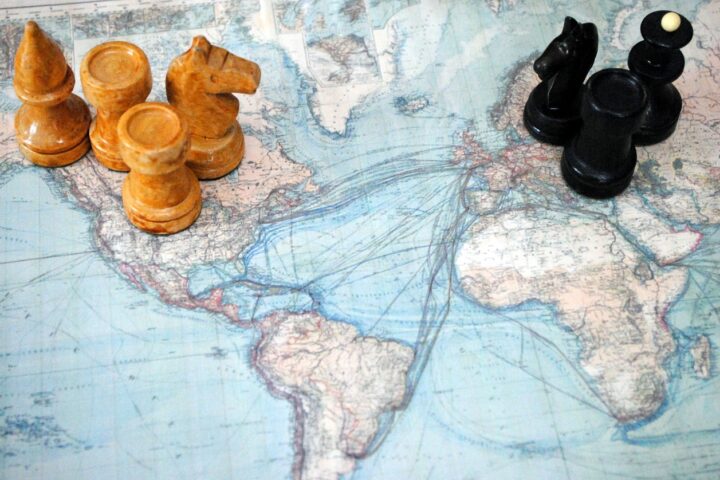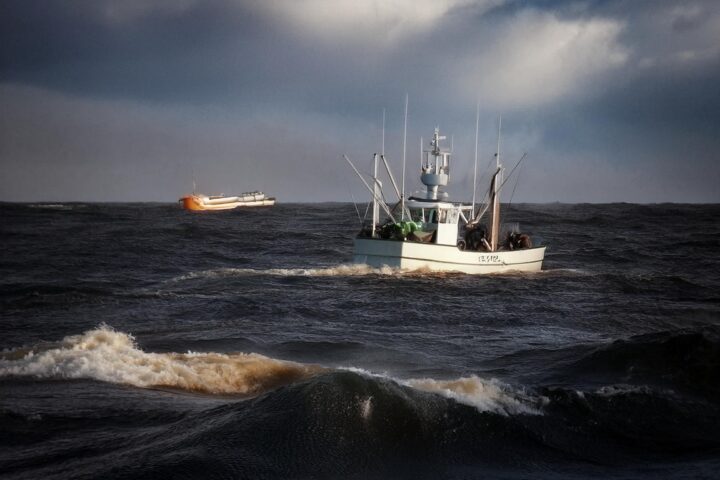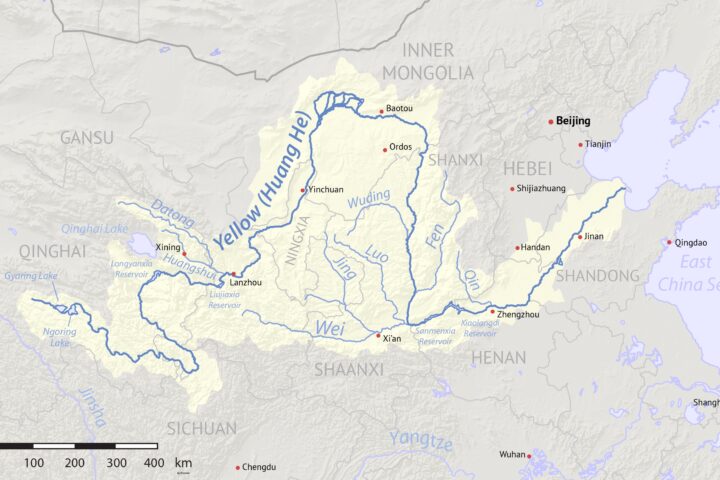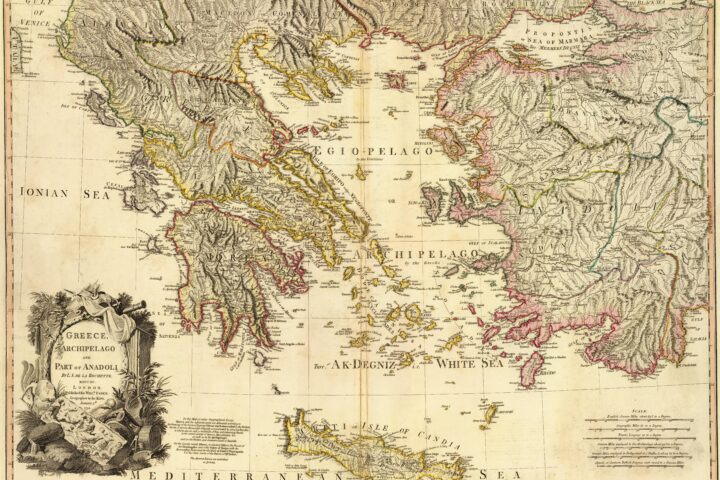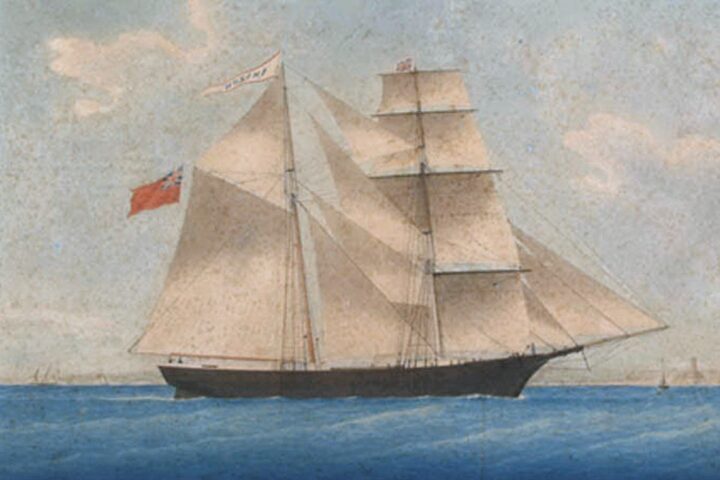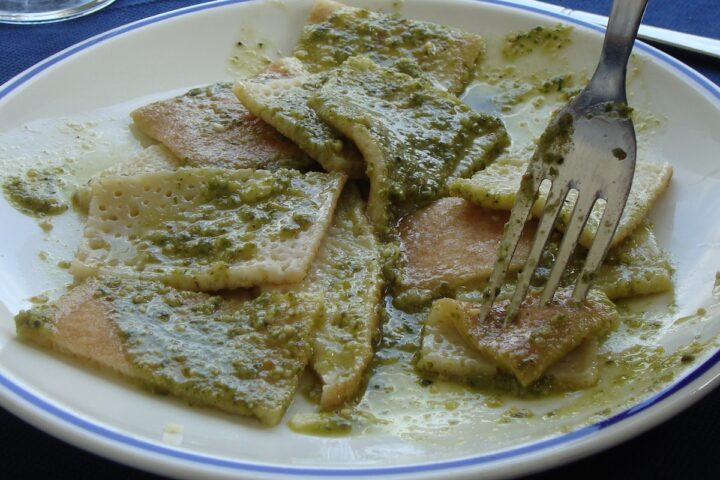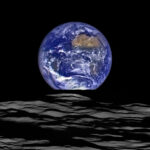Source: Phytoplankton – Chaetoceros species – Mississippi Departme… _ Flickr
Our planet is incredible. It is home to so many diverse living organisms that all play an important role in sustaining life. One of these many brilliant organisms is Phytoplankton. This tiny specimen doesn’t get as much credit as it deserves.
Found in marine ecosystems, Phytoplankton are very significant when it comes to life underwater as they play multiple roles for the marine as well as terrestrial ecosystems. They keep the oceans healthy, produce oxygen, and also maintain the climate! How awesome is that?
Oxygen Production
While many people think that trees on land should be given all the credit for the oxygen production on the planet, the reality is so very different. Much of our oxygen comes from the ocean and can be attributed to the Phytoplankton.
Phytoplankton are planktons which are plants and hence, can use the process of photosynthesis to create their own food and oxygen. This is how they end up creating up to 80% of the world’s total oxygen.
One particular species of Phytoplankton creates more oxygen than the trees in the rainforests! That’s right. Prochlorococcus is a species of bacteria which is the smallest living thing on this planet, but the tiny organism is responsible for producing 20% of the oxygen in our biosphere. And it does it alone!
Foundation of the Marine Food Chain
Phytoplankton are just as important for the marine food chain as they are for oxygen production. They form the crux of the food chain and are consumed by bigger organisms for their sustenance.
These are first eaten by Zooplankton, crustaceans and smaller fish, which are just a bit bigger than the Phytoplankton. Then, bigger fishes, sharks, and other predators feed on them. And finally, these might get eaten by the predators at the top of the food chain.
All in all, from this, it becomes obvious that the well-being and the amount of Phytoplankton in the ocean directly impacts the other lifeforms in the marine ecosystems.
Carbon Sequestration and Climate Regulation
Carbon Sequestration refers to the absorption and accumulation of carbon dioxide and is a process observed in phytoplankton.
These little creatures trap a lot of carbon in their cells during the process of photosynthesis. When they die and sink to the bottom of the ocean floor, they take this carbon with them. This leads to the clear removal of carbon from our atmosphere and regulation of good climate. Hence, climate change is also managed by phytoplankton.
Indicator of Ocean Health
Studies conducted for the purpose of studying the environment of the ocean show us that phytoplankton are extremely sensitive to their surroundings and changes in their populations can help us understand a lot about the shifts in the ocean.
We can learn a lot about the changes in temperature, nutrient availability, and level of ocean acidification by looking at the phytoplankton. This is how important they are!
Resources
Oxygen Production
- How much oxygen comes from the ocean? (2024). Noaa.gov. https://oceanservice.noaa.gov/facts/ocean-oxygen.html
- Witman, S. (2017, September 13). World’s Biggest Oxygen Producers Living in Swirling Ocean Waters. Eos; Eos. https://eos.org/research-spotlights/worlds-biggest-oxygen-producers-living-in-swirling-ocean-waters#:~:text=Plankton%20may%20be%20small%2C%20but,80%25%20of%20the%20world%27s%20oxygen
Foundation of the Marine Food Chain
- Aquatic food webs. (2024). Noaa.gov. https://www.noaa.gov/education/resource-collections/marine-life/aquatic-food-webs
- Tiny Phytoplankton: The Most Powerful Organisms of the Oceans! (2021). Frontiers for Young Minds. https://kids.frontiersin.org/articles/10.3389/frym.2021.600102
Carbon Sequestration and Climate Regulation
- Buesseler, K. (2020, May 21). Tiny plankton drive processes in the ocean that capture twice as much carbon as scientists thought. The Conversation. https://theconversation.com/tiny-plankton-drive-processes-in-the-ocean-that-capture-twice-as-much-carbon-as-scientists-thought-136599
- Jia, J., Gao, Y., Sun, K., Lu, Y., Wang, J., & Shi, K. (2022). Phytoplankton community composition, carbon sequestration, and associated regulatory mechanisms in a floodplain lake system. Environmental Pollution, 306, 119411–119411. https://doi.org/10.1016/j.envpol.2022.119411
Indicator of Ocean Health
- Pooja Jakhar. (2013, December). Role of Phytoplankton and Zooplankton as Health Indicators of Aquatic Ecosystem: A Review. ResearchGate; unknown. https://www.researchgate.net/publication/264975927_Role_of_Phytoplankton_and_Zooplankton_as_Health_Indicators_of_Aquatic_Ecosystem_A_Review

